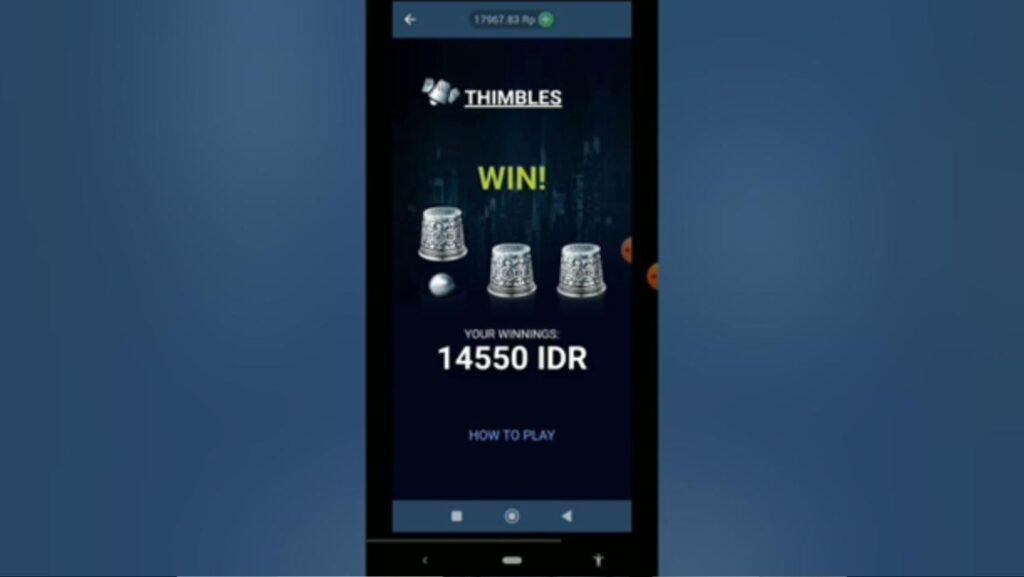Gaming has never looked quite like it does now. In 2025, competition between platforms is more than aggressive—it’s constant. Console makers, cloud services, mobile-first developers, and online casinos are all pushing hard to stay ahead. With so many options on the market, the biggest winners aren’t the companies. They’re the players.
Games are sharper. Services respond faster. Bonuses and updates come frequently. When everyone is trying to hold your attention, they can’t afford to cut corners. And what used to be considered above standard is now just expected.
Why So Many Platforms Are Competing This Hard
It’s no longer enough to release a good game. That may get someone’s attention once, but not twice. Platforms today focus on building ecosystems. They want users who come back regularly, not just one-time visitors. There are several reasons behind this shift.
First, technology has narrowed the playing field. Developers who lacked resources a few years ago now have tools that let them produce high-quality games without massive budgets. The result? More competition from smaller names who can now deliver impressive results.

Second, cloud gaming changed expectations. High-end graphics cards and the latest consoles are no longer required. People are streaming large games from devices they already own. That change alone has brought in a much broader audience.
Lastly, players have raised the bar. It’s not just about game design—it’s about trust, service quality, and speed. If a platform falls short, users won’t complain. They’ll leave.
iGaming’s Place in the Picture
Online casinos are also part of this landscape, and they’re evolving rapidly. In 2025, it’s clear that the top platforms aren’t just about gambling. They’re offering full-featured experiences designed with care, precision, and technology that’s up to date.
The best US sites for 2025 are packed with features that once seemed out of reach. Think biometric login for fast, secure access. Instant crypto withdrawals that don’t get stuck for days. Real-time gameplay streamed in 4K, and dashboards tailored to how you play, complete with loyalty status, limits, and personal stats.
There’s also a stronger focus on transparency. More providers are publishing verified payout rates and undergoing third-party audits. Many also offer tools that support responsible play, built right into the platform. This goes beyond entertainment—it’s about creating an experience people can trust.
What Players Get from This Competition
When platforms are under pressure to improve, the results show. Here’s what players are already noticing this year:
- Deeper, more immersive games: Today’s games—big or small—tend to go further. Characters respond more naturally. Worlds feel dynamic. Storylines are richer. Developers are designing with long-term engagement in mind, not just fast playthroughs.
- Cleaner, faster interfaces: Outdated layouts and laggy loading are less common. Most platforms have updated their design to feel intuitive, responsive, and fast.
- Cross-device syncing: A player might begin a game on their phone, continue it on a laptop, and complete it on a console. That level of sync used to be a bonus feature. Now, it’s practically standard.
- More control in the user’s hands: Adjustable difficulty levels, support for community mods, and customizable settings all put players in charge. Rather than forcing a single experience, platforms are offering tools to adapt gameplay to different preferences.
How Platforms Try to Keep You Around
Winning a player’s attention is one thing. Keeping it? That’s harder. Platforms are testing every angle to hold on to their users. Some tactics are subtle. Others are designed to stand out.
- Limited content drops: Special events, updates tied to seasons, and unlockable items available for short windows keep things fresh. These time-based features reward consistency.
- More flexible pricing: You’re not limited to subscriptions. Free versions, tiered access, and pay-as-you-play models let people choose what suits them.
- Real rewards from loyalty programs: Rather than slow point accumulation, many platforms now give players useful benefits quickly, like early feature access, game credits, or limited-edition content.
- Two-way communication: Platforms are reaching out for player feedback and using it to guide updates. Whether through Discord, surveys, or forums, what players say is shaping development.
- Safety features that work: Responsible gaming tools are built in. Players can set time limits, pause their account, or receive reminders when they hit certain thresholds. It’s becoming standard, not optional.
Making the Most of the Current Market
With so much competition, players can afford to be selective. Don’t settle for a platform just because it’s popular. Some of the best-performing sites don’t advertise as loudly, but still offer excellent service. A bit of research—reviews, videos, or forums—can reveal where the real value is.
If a platform offers a trial or welcome bonus, use it. Many of them are low risk. It’s a simple way to test quality before making a long-term decision. And when you’re asked for feedback? Give it. Even a short response helps shape future updates.
Conclusion
The gaming space in 2025 is shaped by pressure. Every platform knows that players have options, and that loyalty must be earned, not assumed. That tension drives progress. As the industry grows more competitive, players can expect better experiences, stronger support, and more freedom in how they play. The result is a marketplace that keeps improving—not because it has to, but because it can’t afford not to.



